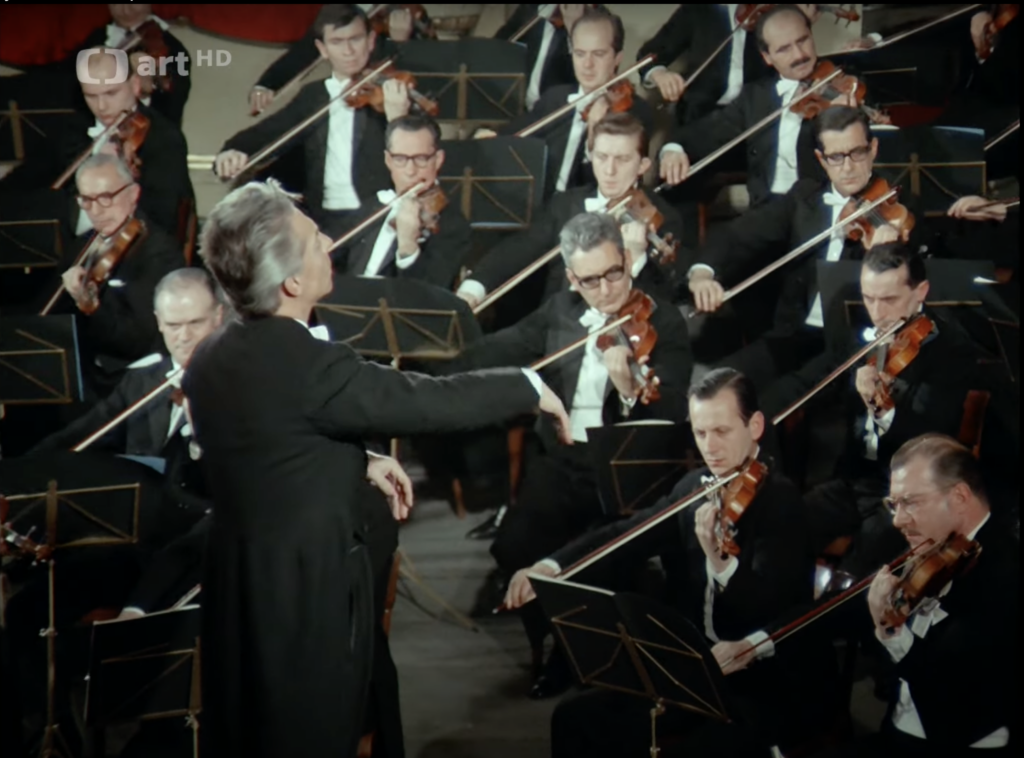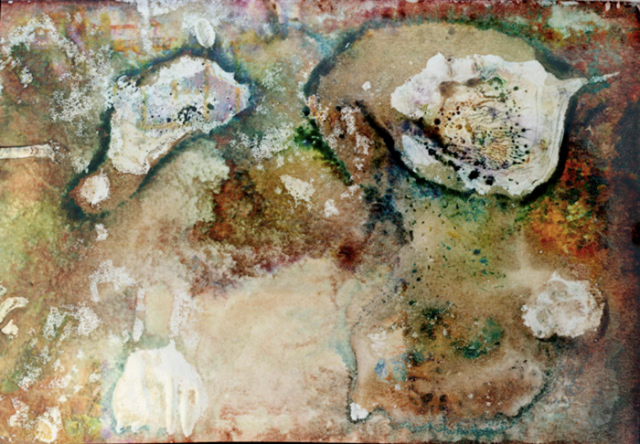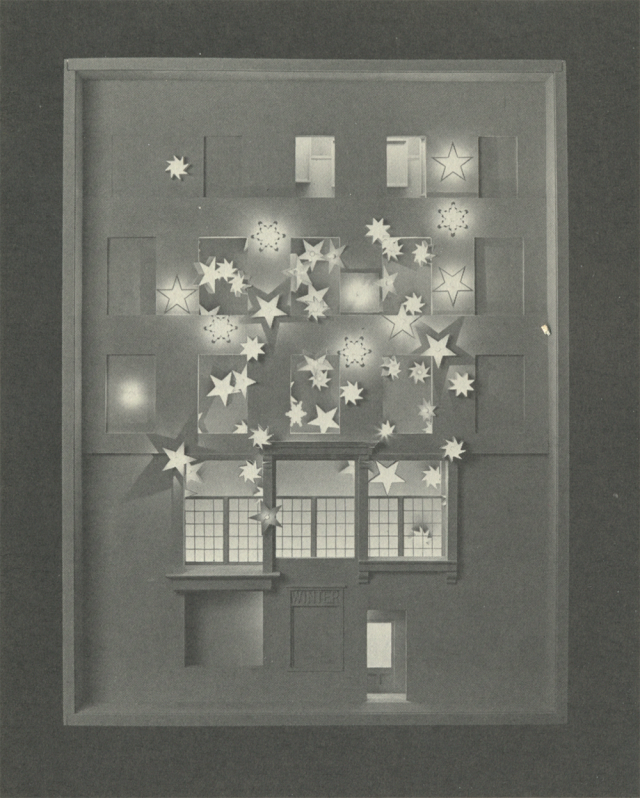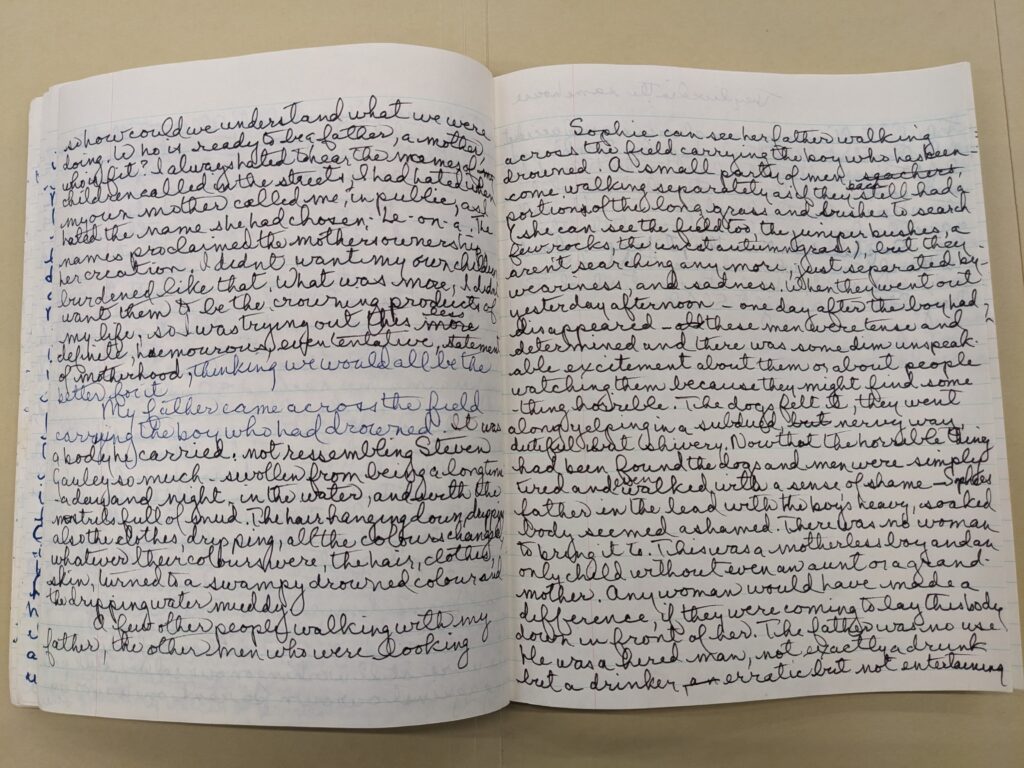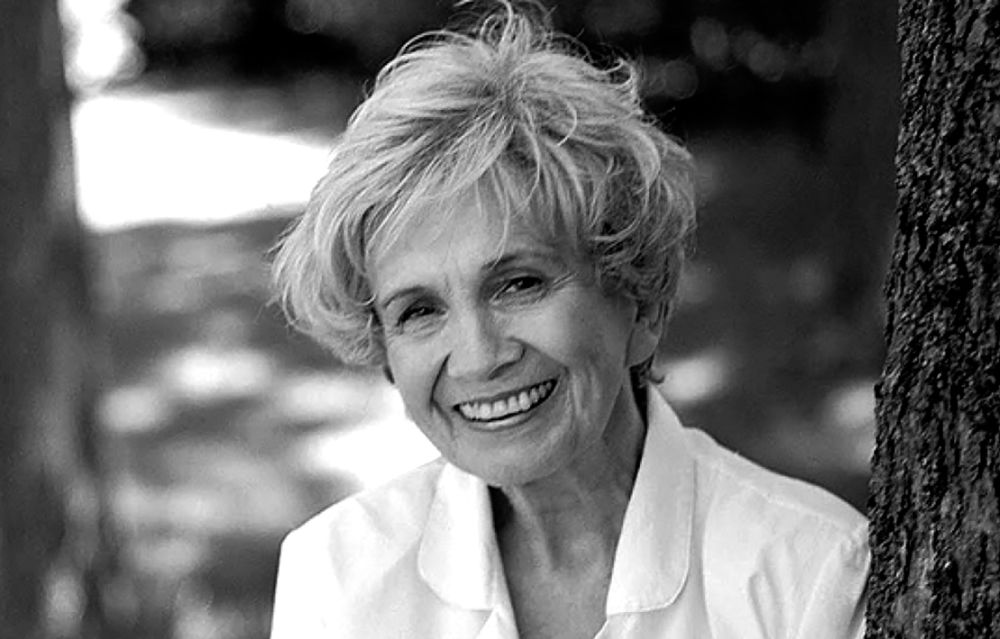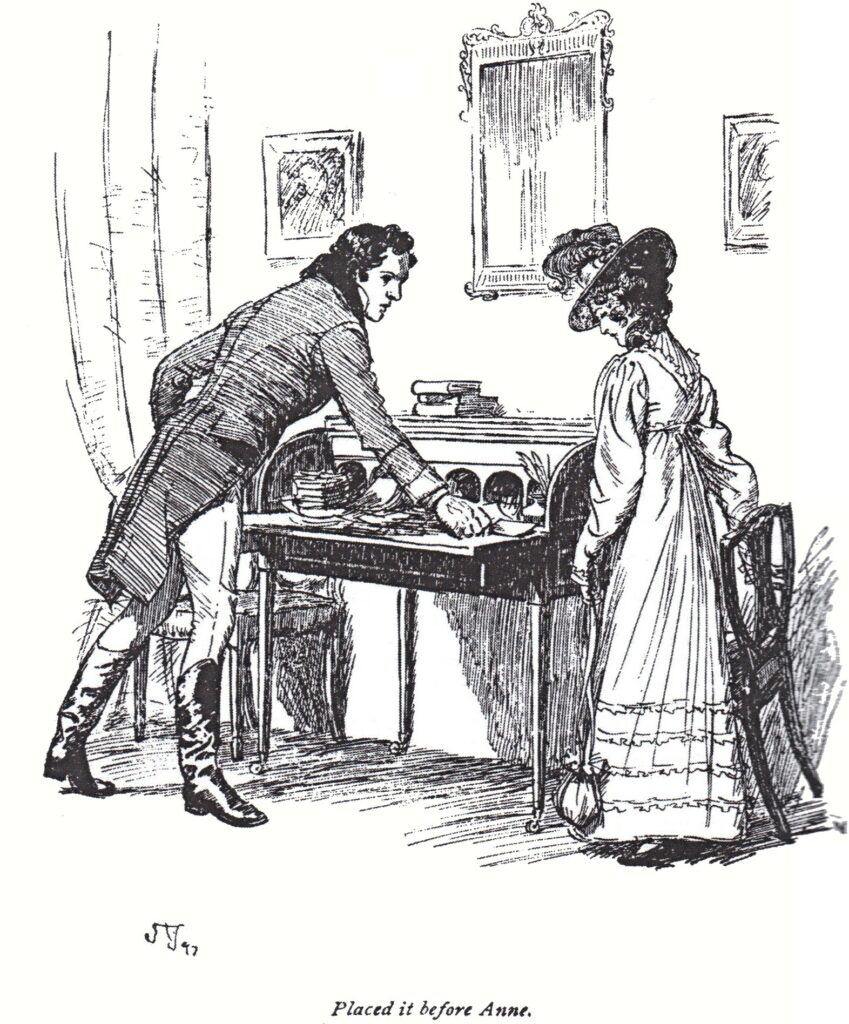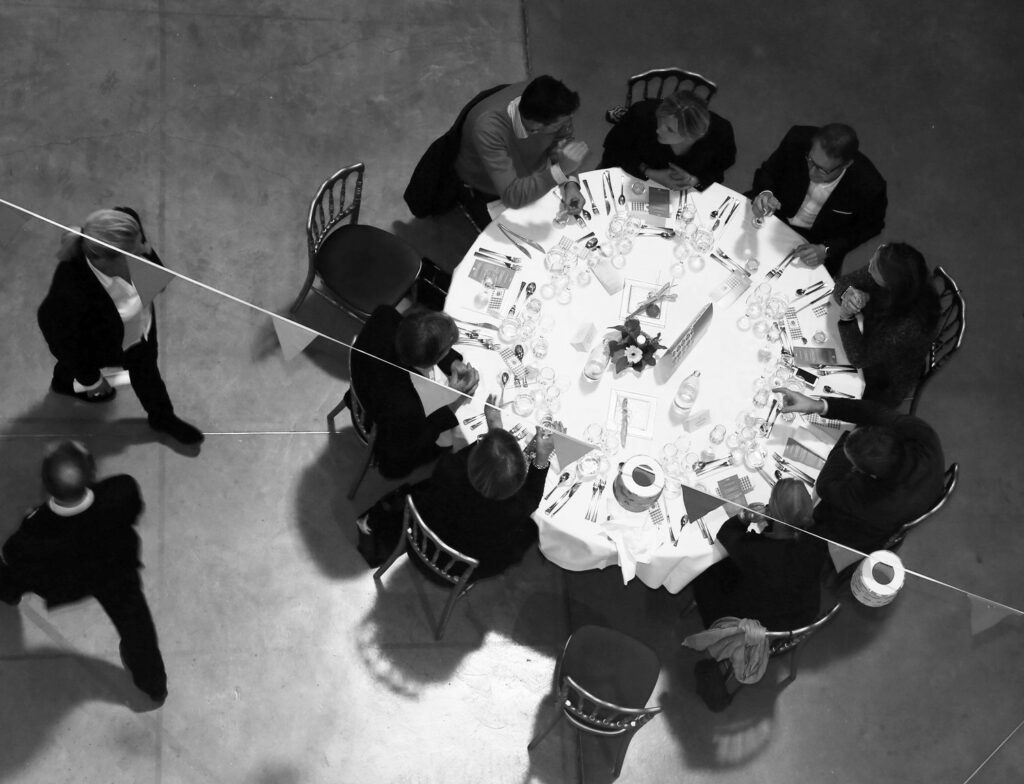“Pedro Lemebel, one of the most important queer writers of twentieth-century Latin America,” writes Gwendolyn Harper, his translator, was “a protean figure: a performance artist, radio host, and newspaper columnist, a tireless activist whose life spanned some of Chile’s most dramatic decades. But above all he was known for his furious, dazzling crónicas—short prose pieces that blend loose reportage with fictional and essayistic mode. … Many of them depict Chile’s AIDS crisis, which in 1984 began to spread through Santiago’s sexual underground, overlapping with the final years of the Pinochet dictatorship.” Over the next few weeks, the Review will be publishing several of these crónicas, newly translated by Harper, as part of a brief series. You can read the first installment, “Anacondas in the Park,” here.
On the edge of the Alameda, practically bumping up against the old Church of Saint Francis, the gay club flashes a fuchsia neon sign that sparks the sinful festivities. An invitation to go down the steps and enter the colorful furnace of music-fever sweating on the dance floor. The fairy parade descends the uneven staircase like goddesses of a Mapuche Olympus. High and mighty, their stride gliding right over the threadbare carpet. Magnificent and exacting as they adjust the safety pins in their freshly ironed pants. Practically queens, if not for the loose red stitches of a quickie fix. Practically stars, except for the fake jeans logo tattooed on one of the asscheeks.
Some are practically teenagers, in bright sportswear and Adidas sneakers, wrapped in springtime’s pastel colors, healthy glow on loan from a blush compact. Practically girls, if not for the creased faces and the frightful bags under their eyes. Giddy from rushing to get there, they show up tittering each night at the dance cathedral inside the basement of an old Santiago cinema, where you can still see the black-and-gold Etruscan friezes and Hellenic columns, where the stench of sweaty seat cushions hits hard once you finally get past the burly bouncer at the door. That’s where spongers circle, hovering around any gay man who might cough up their cover. We’ll figure it out inside, they croon into ears with little dangly earrings. But the gays know that, once inside, the most they’ll get is “… have we met?” because every taxi boy heads straight to the bar, where the grannies flaunt their piggy banks, rattling ice in a glass of imported whisky.
The bar at a gay club is a good place to meet someone—it’s the area with the best light for spotting the witch who never sees the sun, always underground like the roots of an AIDS-ridden philodendron. The same one who cried sapphire tears, forgiving herself for all her dirty tricks, the spitting in drinks, the broken condoms, the falsified positive test results that aided and abetted a few girls’ suicides. Her schemes for infecting half of Santiago because she didn’t want to die alone. It’s that I have so many friends, she said. The same Miss Perverse who’s back again, more alive than ever, laughing luciferously with a drink in hand.
Here’s where they pour the gin and tonics, pisco sours, pisco sores, pisco colas, and loca-colas singing along to “Desesperada” by our darling Marta Sánchez, which always makes the disco babes go crazy. The girls in shorts who come up to the bar breathlessly asking for water with ice, elbowing the office worker who’s still wearing his tie and who keeps eyeing the door in case someone from his work shows up.
